Healthy Fruits, Veggies & Herbs You’ll Want to Recognise And Eat When You’re In Sri Lanka
When you’re in Sri Lanka you might see some vegetables on the menu that look completely alien to you. And, if you don’t know what they are, you might not eat them. So, here’s a run down of 6 which only grow in the tropics and are really good for you.
Everything in moderation – it’s easy to get over excited about the health benefits of some of these veggies and herbs!
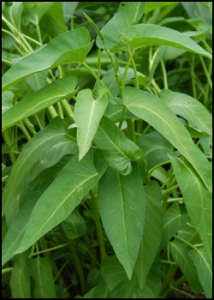 1. KanKun (Sometimes written as Kankung) – Asian Water Spinach
1. KanKun (Sometimes written as Kankung) – Asian Water Spinach
You might see this on the menu as an accompaniment to Sri Lankan rice and curry. If you’re going to eat it cooked, it’s really tasty when sauteed in coconut oil with garlic, chilli, salt and pepper to taste.
If you’re looking to reap the health benefits, this little green wonder is best eaten raw in a salad.
Kan Kun is a rich source of vitamins (particularly A, B and C), iron, protein, calcium, amino acids and anti-oxidants.
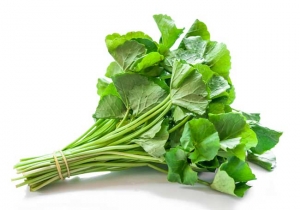 2. Gotu Kola – The Herb of Enlightenment
2. Gotu Kola – The Herb of Enlightenment
Gotu Kola, considered one of the most important herbs in botanical medicine, grows naturally in many parts of Asia and is revered in China and India; known as the herb of youth and enlightenment. Gotu Kola has such a broad range of health benefits and the leaves and stems are commonly used in Traditional Chinese and Ayurvedic medicine.
Gotu Kola is used to treat the following ailments:
- Hair loss
- Immune dysfunction
- Diabetes
- Memory problems and depression
- Chronic skin conditions (eczema, psoriasis, acne)
- Venereal diseases
- Anxiety and other nervous disorders
- Fever
- Inflammatory conditions (e.g. arthritis)
- Respiratory congestion
- Wound healing and stretch mark treatment
- Water retention
In Sri Lanka, Gotu Kola is frequently made into a breakfast soup called Kola Kanda. A green garlicky rice soup that is thought to cleanse the blood.
We like to pop it fresh into a salad so that you keep all the goodness of the raw leaf.
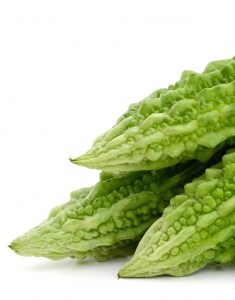 3. Bitter Gourd (Also known as Bitter Melon)
3. Bitter Gourd (Also known as Bitter Melon)
Bitter Gourd is a member of the same family as cucumbers. True to its name it really does have a bitter taste. Although, the bitterness can be reduced by soaking the vegetable in salt water overnight or boiling in water for about 15 minutes and then discarding the water. If you have a sweet tooth, the bitterness might turn you off. So, we urge you to consider breaking through the taste boundary and giving it a go to benefit from its disease preventing and health promoting phytochemical compounds.
We think it’s best enjoyed in a Sri Lankan curry.
What’s so healthy about Bitter Gourd?
Aside of being ridiculously low in calories (just 17 per 100g), it has a ton of other benefits.
- 100g provides 140% of your Vitamin C RDA. Anti-oxidant heaven!
- Phytonutrients help to lower blood sugar levels and can help with type-2 diabetes.
- It stimulates digestion.
- It offers a good source of Vitamin B, Vitamin A and folates to support early pregnancy.
- It has trace minerals such as iron, zinc, potassium, magnesium and manganese.
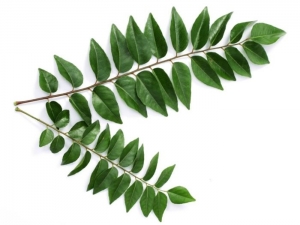 4. Curry Leaves – So Much More Than Flavour!
4. Curry Leaves – So Much More Than Flavour!
Curry leaves are the leaves of the curry tree, and usually found in tropical and subtropical regions. It is cultivated in various other countries such as China, Australia, parts of Africa, and Sri Lanka. You can use the leaves, roots and bark of this tree.
In Sri Lanka, curry leaves are an essential part of every rice and curry dish. They dramatically change the complexity of flavour in the curry dishes and we often forget the host of health benefits they have.
Another food with practically zero fat (0.1g per 100g), Curry leaves contain calcium, phosphorous, iron, magnesium, copper, and minerals. High in vitamin content, they contain nicotinic acid and vitamin C, vitamin A, vitamin B, vitamin E, antioxidants, and amino acids.
Looking very similar to the Neem leaf, many languages translate the words for Curry leaf to “sweet neem”. It is believed to have the following benefits:
- Supports Gastro-intestinal difficulties
- Liver protection
- Anti-oxidant properties
- Fighting cancer
- Fighting diabetes
- Supports Hair growth
- Lowers cholesterol levels
So many reasons to eat rice and curry for the entire duration of your time in Sri Lanka!
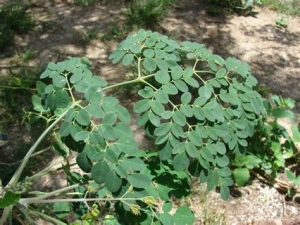 5. Drumstick Leaves – Moringa Leaves
5. Drumstick Leaves – Moringa Leaves
The moringa tree is a popular plant in tropical and subtropical climates of Central America, Asia and India. Also called “horseradish tree” because it has a slightly hot aftertaste when eaten raw. It grows widely across the Indus Valley and is prevalent in Sri Lanka.
Outside of the tropics, you can find Moringa powder supplements to really put some green benefit into your diet. Here in Sri Lanka, it’s best if you eat these leaves raw. Just a large handful of moringa leaves contains 19 percent of the recommended daily amount of Vitamin B6, in addition to 17 times more protein than milk and 10 times more Vitamin A than carrots. It is also packed with essential amino acids.
Modern research confirms that moringa truly is a miracle plant. It has the potential to:
- Positively impact people with high blood sugar
- Dramatically lower the risk of breast and colorectal cancer
- Prevent weight gain and insulin resistance
- Reduce the risk of numerous auto-immune related diseases
Ask for them as an addition to your salad or you might enjoy them fried in coconut oil on top of cashew nuts or poppadoms.
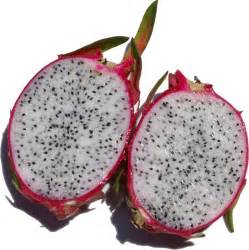 6. Dragon Fruit
6. Dragon Fruit
The dragon fruit flourishes and grows in abundance across the tropics and sub-tropics. Appropriately named, the dragon fruit’s outer skin is cactus-like, resembling that of the scales of a mythical dragon. Thought of as a cactus plant, its vibrant green and reddish-pink hues indicate that the fruit is full of nutrients, while the creamy white flesh spotted with black seeds gives way to many rich and natural healing properties.
These funny-looking fruits contain roughly 60 calories each and are rich in vitamin C, B1, B2 and B3, and minerals such as iron, calcium, and phosphorus. And that’s not all. This is definitely one of the best “super fruits” out there.
Benefits of engaging with this speckly fruit are:
- Very low in cholesterol
- Keeps your heart healthy
- High in fibre
- Full of anti-oxidants
- Suppresses arthritis
- Helps with acne and sunburn
- Reduces the signs of aging
- Helps reduce the risk of diabetes
It’s good as the natural fruit, in smoothies, and adds a lovely creamy texture to salads. Our favourite is dragon fruit jam!
Enjoy your nutritional explorations in Sri Lanka!

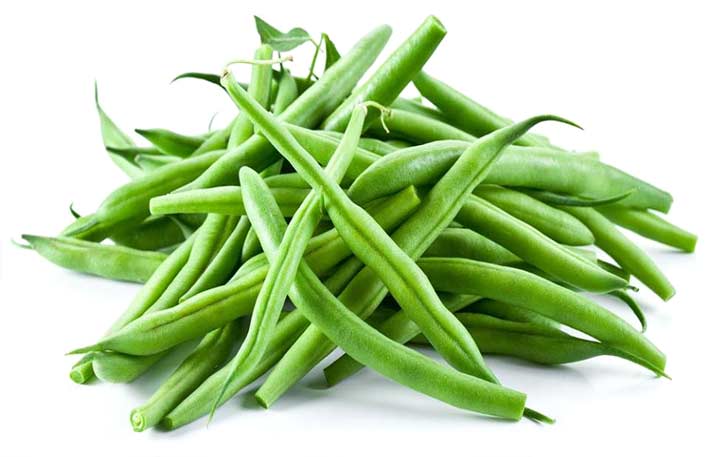

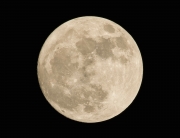
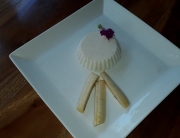

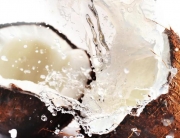
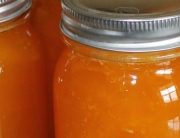













Recent Comments